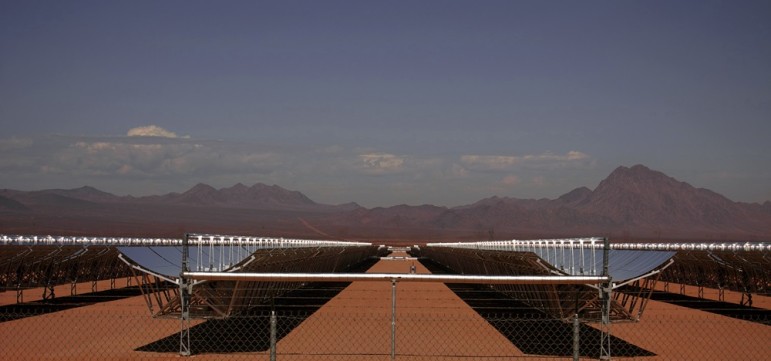
February 26, 2016; Vox
Solar power is becoming more important within the national networks of nonprofit rural electric co-ops. These co-ops manage and distribute power to their rural area customers in geographic regions where it is not competitive for the larger power companies to operate.
Here’s what makes this story interesting: rural co-ops are both “coal-dependent and regulation-averse.” These co-ops have traditionally relied upon coal and long-term coal contracts to power their utilities. Due in part to these long-term coal contracts, co-op governing boards historically have not embraced change or new ways of generating electricity.
Just last week, Dairyland Power in Wisconsin agreed to two 25-year purchase agreements with two solar developers, groSolar of Vermont and SoCore Energy of Chicago. From this agreement, there will be 12 new solar facilities built in Wisconsin, increasing the solar capacity of the state by 60 percent. The energy will be enough to power over 2,500 homes. The article states that the amount of solar is still a miniscule piece of total power capacity in the state, but this recent action will increase solar capacity nonetheless.
Sign up for our free newsletters
Subscribe to NPQ's newsletters to have our top stories delivered directly to your inbox.
By signing up, you agree to our privacy policy and terms of use, and to receive messages from NPQ and our partners.
A brief history of rural electric power takes one to FDR’s New Deal and the beginning of the Rural Electrification Administration (REA). Because private electric utilities didn’t have the capital to bring electricity to rural areas, the REA provided loans so rural residents could create rural electric nonprofit co-ops to operate as the local utility.
At this point, coal is not doing well in the current economic market. Natural gas, increased efficiency, and new EPA regulations combine to make it more difficult for coal plants to create profits. Many private utilities are moving away from coal, but rural electric co-ops are not able to move away as quickly.
To help rural co-ops invest in renewable energy, the Obama administration created the USDA’s Energy Efficiency and Conservation Loan Program. This program offers low-interest, long-term loans for rural co-ops specifically so they can invest in renewable energy. Several Midwestern states are investing in solar power, including Iowa and Illinois.
The Wisconsin project is spreading the 12 solar facilities throughout the state, which ensures that the jobs and the economic impacts directly connect through the communities. This arrangement of facilities also reduces the load at peak times and provides for greater resiliency of the power distribution grid. An additional benefit is diversified weather, as sunlight may be available differently across the region due to variable conditions.
Independence and self-reliance are values deeply held in many rural areas. Using these values as a basis is helping acceptance for solar energy grow. The 12 facilities in Wisconsin will allow for local power and local jobs. Furthermore, there’s a distinct possibility that the rural electrical co-ops will continue this movement and become the leaders in the power industry when it comes to solar energy. Solar could become an economic and environmental benefit, both to the nonprofit rural electric co-ops as well as the consumers of the electricity.—Jeanne Allen













